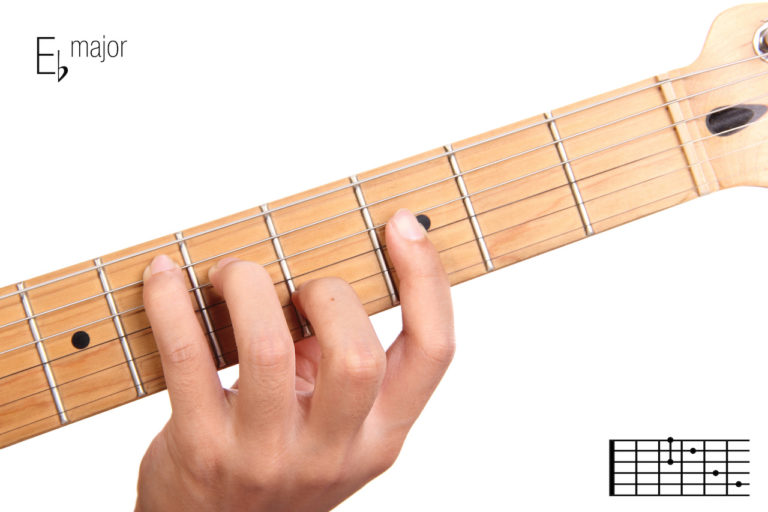

Triad chord qualities using the 1st, 3rd and 5th scale notesĪll of these triad qualities are based on the 1st, 3rd and 5th notes of the major scale piano diagram above.ĭepending on the chord quality, the 3rd and 5th scale note names of the major scale above might need to be adjusted up or down by one half-note / semitone / piano key. Triad chords exist in four different chord qualities, which are major, minor, augmented, and diminished.Įach chord quality name is the name of the entire chord as a whole, not its individual notes (which will be covered later). The music theory term triad chord means that 3 or more notes played together, or overlapping. Watch out for extraneous string noise.This step defines a triad chord, names the triad chord qualities and identifies the notes that vary between them. Strings 4-3-2 typically have a more mellow sound. Next, try the minor triads in Gmin, Dmin, Amin, and Emin on 4, 3, 2. Pay close attention to the first attack of each inversion.

Taking the keys of C, F, Bb, and Eb, practice playing all of the inversions of the minor triad on 3, 2, 1, working your way up and down the fretboard.

Flat the 3rd, and perform C minor triad, first and second inversions on the top string set on 3, 2, 1. Let’s check out the inversions of minor, traveling up the fretboard. Play the following triads alternating between four and two beats each. Now on 4, 3, 2, run through the major triads in four more keys. Play the following triads for two beats each.Ģ. Taking the keys of C, F, Bb, and Eb, practice playing all of the inversions of the major triad. On the top string set 3, 2, 1, root position is playable in third position, first inversion in eighth position, and second inversion in twelfth position. A triad with the 5th of the chord in the bass is called a triad in second inversion. To get a second inversion triad, move the E up an octave, giving you G C E. A major triad with the 3rd in the bottom is called a triad in first inversion. Moving the C (the bottom note) up an octave yields E G C. A root-position C triad is spelled C E G. To invert a chord, move the bottom note up an octave. Up and down the fretboard refers to moving voicings from the lower-numbered frets to the higher-numbered frets (where the higher pitches are).Īcross refers to taking the inversions from the higher-pitched strings to the lower-pitched strings. We will look at two ways to work on chord inversions on the guitar: up and down the fretboard and across the fretboard. The following approach should help us to get to more possibilities in the most effective way possible. Up the Fretboard and Across the Fretboardįirst, a clarification of terms is in order.


 0 kommentar(er)
0 kommentar(er)
